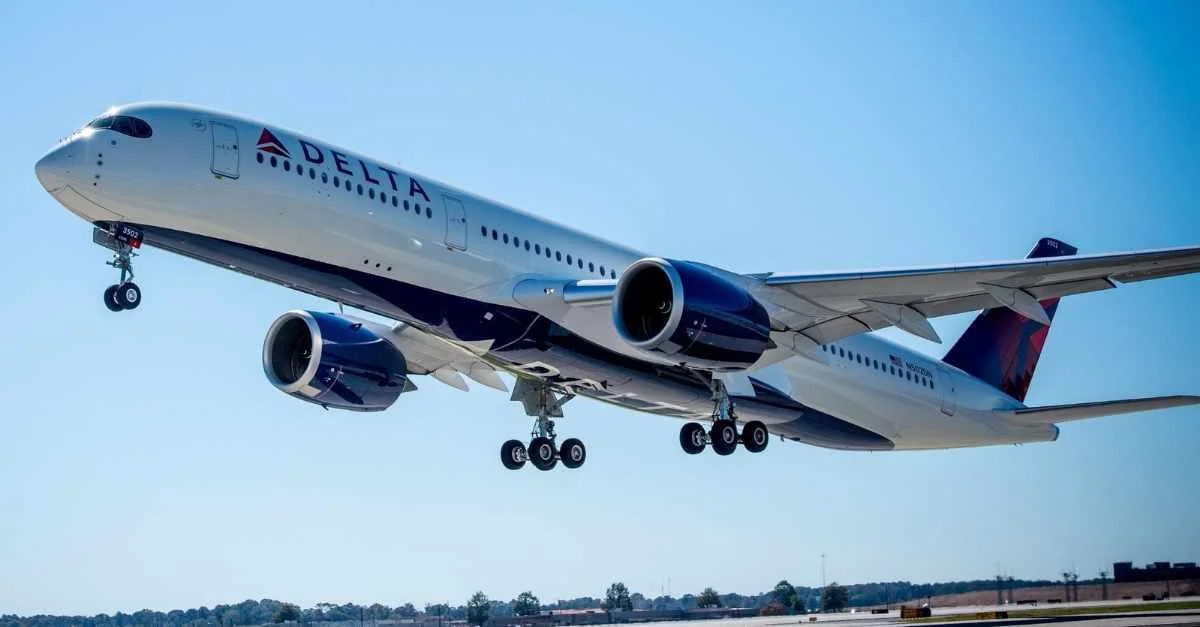Commercial flights connecting North America to Europe and Asia generally fly over the Arctic region, also referred to as the "Great Circle Route." However, planes rarely fly over the Antarctic regions, primarily due to extreme weather conditions. The Extended-Twin-engine Operational Performance Standards (ETOPS) regulations also restrict aircraft from flying over regions with limited airports. Moreover, limited infrastructure regarding airspace boundaries, air traffic controller stations, and international aviation regulations greatly adds to the lack of flights over Antarctica.
Flying over the South Pole means being exposed to harsh weather conditions while significantly being limited by airport and airspace infrastructure in the region. It wasn't always the case that aircraft avoided the Antarctic region. In 1929, Richard Byrd became the first pilot to fly an airplane over the South Pole. With fewer restrictions and capabilities, this flight was successful, paving the way for future flights. After that, South Pole routes became common among pilots and operators.
The crash of Air New Zealand Flight 901 over Antarctica in 1979 changed this rather common practice. On November 28, 1979, Air New Zealand Flight 901 was operating a scheduled sightseeing flight over Antarctica. The flight was supposed to last a few hours before returning to Auckland via Christchurch. Amidst weather conditions and uncertainties in its flight plan, it flew into Mount Erebus on Ross Island and crashed., killing all passengers aboard: "After," said one expert after reviewing records from that day..
 Alerts Sign-up
Alerts Sign-up









